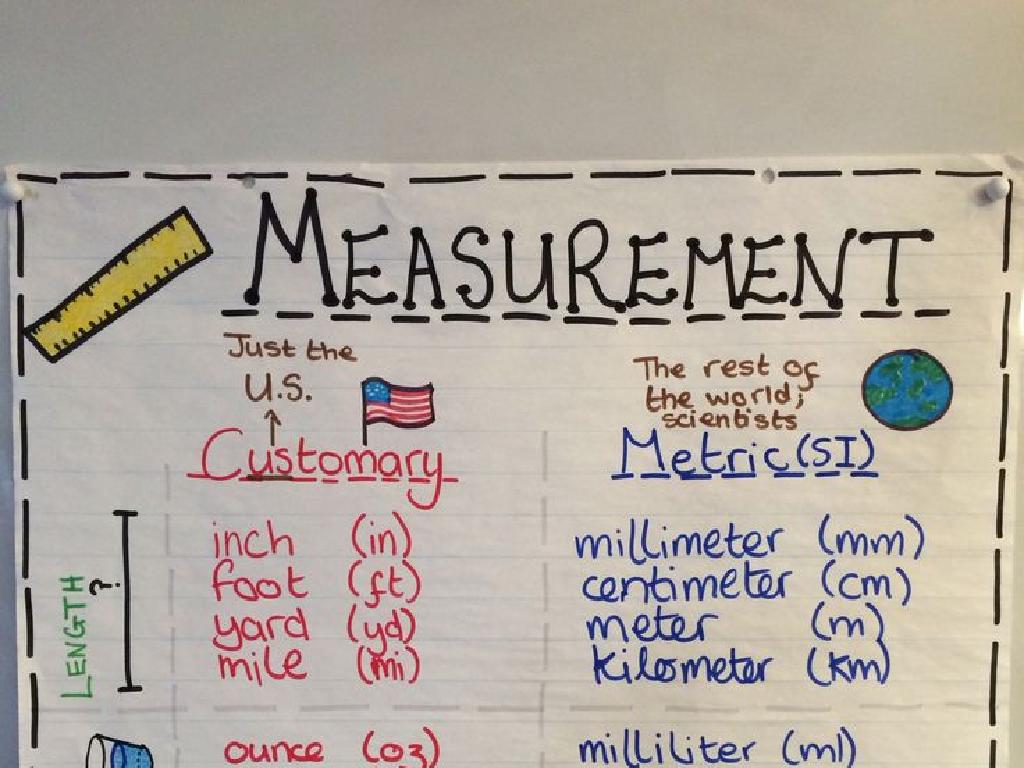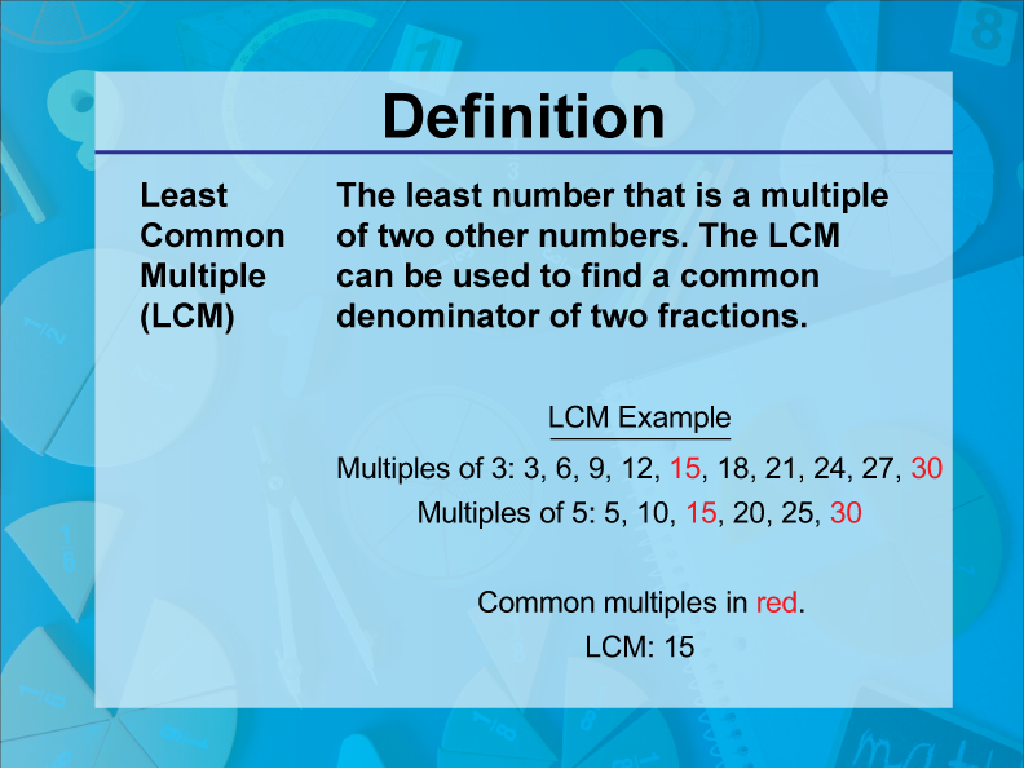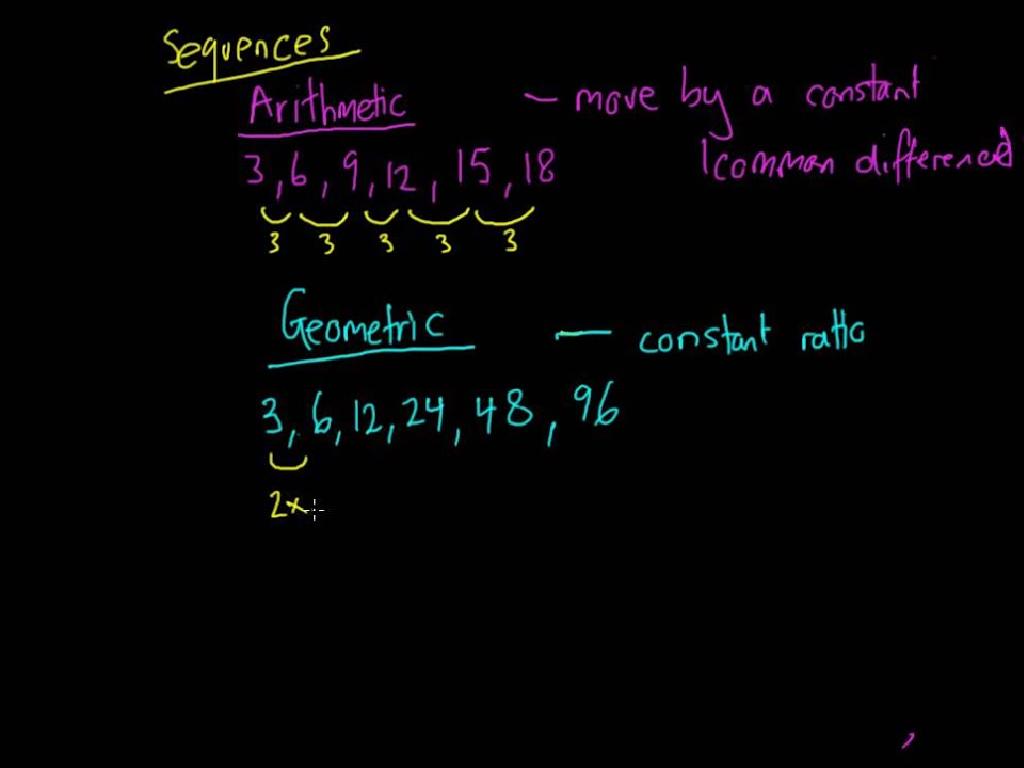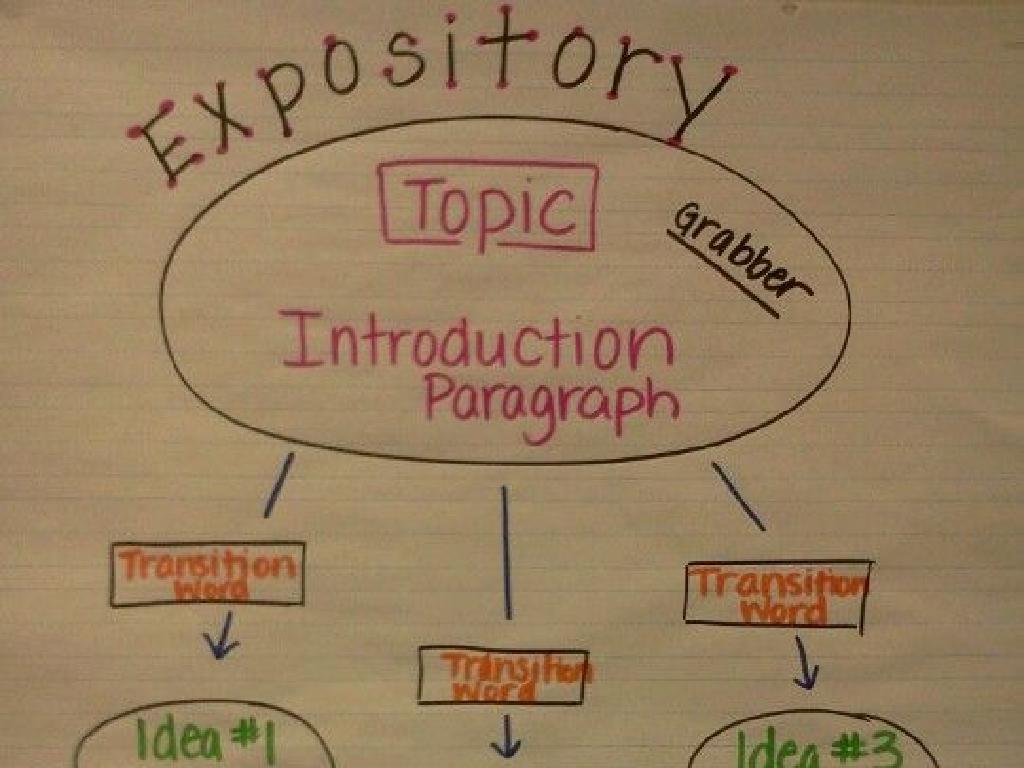Sort Circles
Subject: Math
Grade: Kindergarten
Topic: Two-Dimensional Shapes
Please LOG IN to download the presentation. Access is available to registered users only.
View More Content
Welcome to Shapes: Circle Time!
– Greet the class with a cheerful good morning!
– Today’s focus: Learning about circles
– Identify the shape: What is this?
– Show a circle and ask students to name the shape
– Circle discovery and fun facts
– Circles are round and have no corners
|
This slide is designed to introduce Kindergarten students to the concept of shapes, with a focus on circles. Start the class with a warm greeting to create an inviting atmosphere. Explain that the day’s lesson will be about circles, a basic two-dimensional shape. Use a visual aid, such as a flashcard or a drawing of a circle, to engage the students and ask them to identify the shape. This interactive approach helps to assess their prior knowledge. Highlight interesting facts about circles, like how they are perfectly round and have no corners or edges, to capture their interest. The goal is to create an interactive and enjoyable learning experience that encourages the students to recognize and understand circles in their environment.
What is a Circle?
– A circle is a round shape
– No corners or edges on a circle
– All points are equal from the center
– Imagine a dot in the middle; every edge is the same distance from it
– Let’s trace circles together!
– Use your finger to follow the round edge on different circle objects
|
This slide introduces the basic concept of a circle to Kindergarten students. Emphasize that a circle is a special shape that is perfectly round, which means it doesn’t have any corners like a square or a triangle does. It’s important to explain that every point on the edge of a circle is the same distance from the center, which is why it’s always round. Encourage the students to trace circles with their fingers, using objects like plates, coins, or the circle shapes provided in class. This tactile activity helps them understand the shape and reinforces the concept of ’roundness’. The tracing activity also develops their motor skills and prepares them for writing and drawing activities.
Circles All Around Us
– Circles are everywhere
– Find circles in our classroom
– Can you spot any circle shapes around us?
– Look at picture examples
– Observe the pictures together and identify circle shapes
– Discuss circles we see
– Let’s talk about the circles you found in the pictures
|
This slide is designed to engage Kindergarten students in recognizing circles in their immediate environment. Start by explaining that circles are a type of shape that have no corners and are round. Encourage the students to look around the classroom and identify objects that are shaped like circles. Show them pictures that include various circle-shaped objects and ask them to point out the circles they see. This activity helps students to connect the concept of circles to real-world objects, enhancing their understanding of two-dimensional shapes. It also encourages participation and discussion among the students, making the learning process interactive and fun.
Sorting Circles by Size and Color
– Circles come in many sizes
– Like small, medium, and large
– Circles also have different colors
– Like red, blue, and yellow
– We can sort circles by size
– We can sort circles by color
|
This slide introduces the concept of sorting to Kindergarten students using circles as an example. Begin by explaining that circles are round shapes that can vary in size and color. Use physical examples or images of circles to show the differences in size and color. Then, demonstrate how to sort circles by grouping all small ones together, all medium ones together, and all large ones together. Do the same for colors by grouping circles of the same color together. Encourage the students to participate by asking them to help with sorting. This activity will help them understand the concept of sorting and categorizing objects based on their attributes.
Sorting Circles Activity
– It’s your turn to sort circles
– Circles come in many sizes
– Small, medium, and large circles
– Circles come in many colors
– Red, blue, yellow, and green circles
– Sort with a friend by size and color
– Take turns and discuss your sorting choices
|
This activity is designed to help Kindergarten students understand sorting and categorization, which are fundamental concepts in math. Provide the students with a variety of circles that differ in size and color. Encourage them to work in pairs to foster teamwork and communication skills. They should first sort the circles by size (small, medium, large) and then by color (red, blue, yellow, green, etc.). As they sort, ask them to discuss why they are placing certain circles in specific groups. This will help them articulate their understanding of the concepts. For the teacher: Prepare different sets of circles before the class, ensure each pair has enough examples to sort, and circulate during the activity to offer guidance and support.
Class Activity: Circle Hunt
– Let’s hunt for circles
– Find circles around us
– Look for round shapes like clocks, wheels
– Point out each circle
– Ready, set, go!
|
This activity is designed to help Kindergarten students recognize and sort circles in their environment. It encourages them to observe their surroundings and identify objects that match the shape of a circle. Teachers should guide the students around the classroom, assisting them in pointing out and naming objects that are circular, such as clocks, wheels, or coasters. This interactive activity not only reinforces the concept of circles but also enhances their observational skills. After the hunt, gather the students and discuss the various circles they found. This can be followed by drawing or crafting activities involving circles to further solidify their understanding.
Review and Goodbye: Circle Sorting Fun!
– Celebrating our circle sorting
– Reflecting on what we learned
– Circles are round and have no corners
– Excited for our next shapes adventure
– Saying goodbye until next time
|
This slide wraps up the lesson on sorting circles, reinforcing the children’s achievement in learning how to identify and sort circles. It’s important to recap the key characteristics of circles that were learned during the lesson, such as being round and having no corners. Encourage the children to share what they’ve learned and to express their excitement for the next lesson. This will help them look forward to learning more about shapes and solidify their understanding of circles. As a goodbye, remind them of the fun they had and how great they did today.






